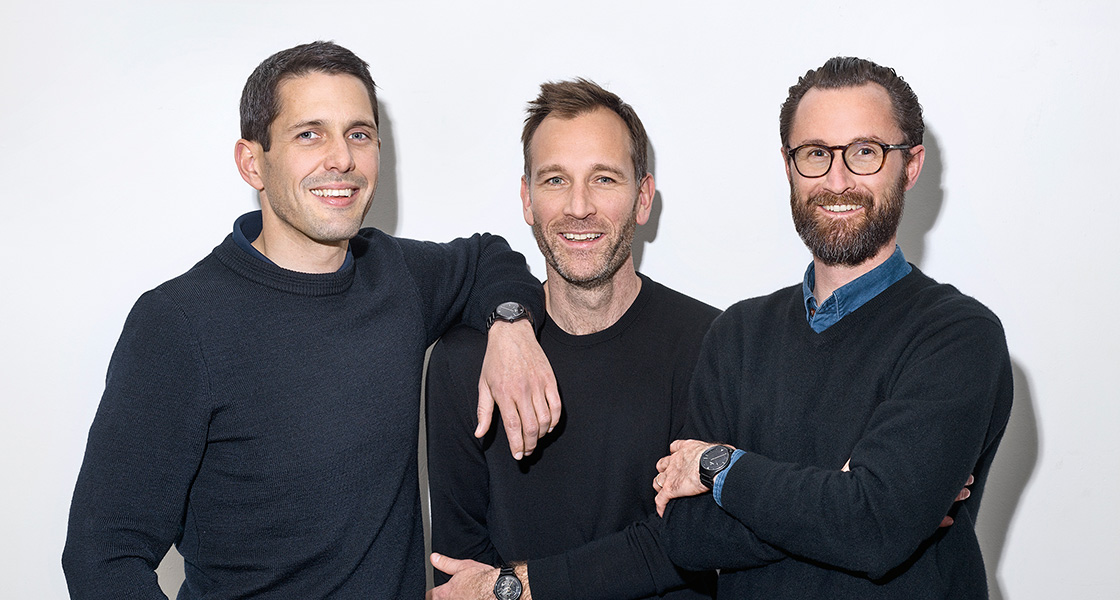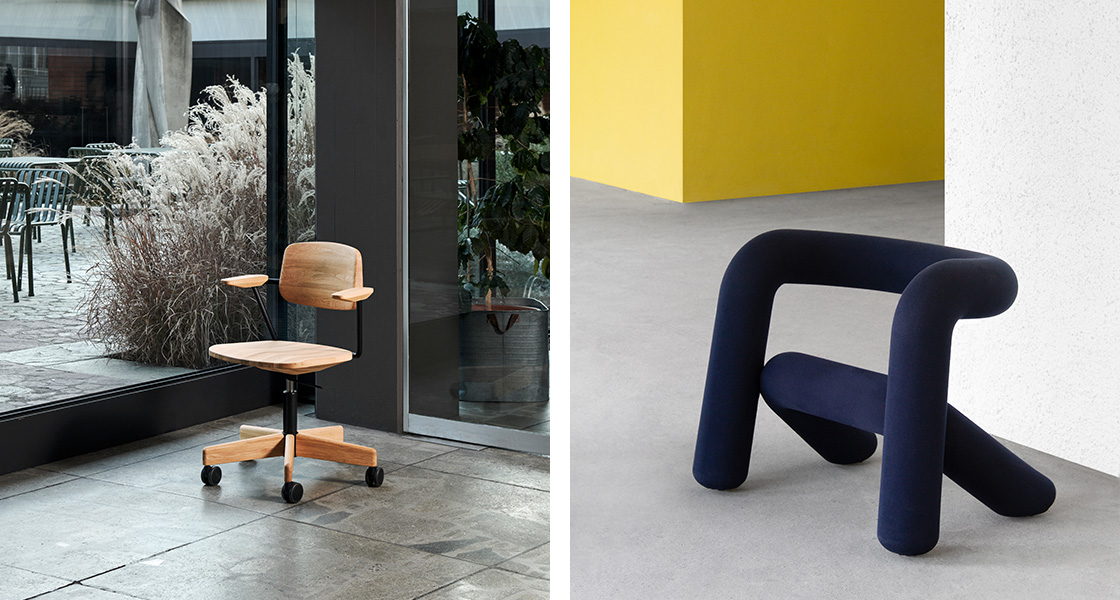BIG-GAME, a winning trio
Published on 5 August 2022

Lausanne-based Grégoire Jeanmonod, Elric Petit and Augustin Scott de Martinville are the creative brains behind the BIG-GAME studio, the next big thing in Swiss design.

Since their paths first crossed at Lausanne’s Art and Design School (ECAL - Ecole Cantonale d’Art de Lausanne), reputed to be one of the best in the world, the trio have never left each other’s sides. Grégoire Jeanmonod is Swiss, Elric Petit is Belgian, and Augustin Scott de Martinville is French. Despite now working for design houses right across the globe, they nonetheless remain loyal to the banks of Lake Geneva where the BIG-GAME studio was first founded back in 2004. Does a cookie-cutter definition for Swiss design exist? Reputed for its restraint and some may even say its discretion, Swiss design is actually a veritable force to reckoned with when it comes to creating elegant and effective design icons. Take, for example, the Helvetica font, universally acclaimed as being the most harmonious in the world. Or the Swatch watch, the Caran d’Ache pencil, the Toblerone bar, Nespresso coffee, the Rex peeler or even, of course, the truly invincible Victorinox (Swiss) army knife. And if Swiss extravagance ever comes to the fore, it’s when dealing with punctuality, with the country boasting the world’s most impressive array of watch manufacturing firms. BIG-GAME’s best-known piece to date is the BOLD chair, crafted from foam-covered steel tubing. Edited by French design brand Moustache, it has already successfully secured a spot at the Vitra Design Museum and the MAD as well as the MoMA. The firm has also designed cutlery for Opinel, coat racks for Hay, office accessories for Muuto, and even a breadbin for Alessi. BIG-GAME’s founders describe their work as simple, functional and optimistic. They are set to tell us more during a Talk at the September edition of Maison&Objet, but we thought we’d get the ball rolling today.
Maison&Objet: What made you decide to call your design studio BIG-GAME?
BIG-GAME: When we were still studying at ECAL, we were given the opportunity to showcase our work at the Satellite trade fair in Milan. The first piece we had designed was a self-assembly plywood hunting trophy. In English, BIG-GAME refers to large wild animals, but for us the expression also referred to the fact that we were pulling out all the stops and finally launching our business (N.B.: the French expression for “pulling out all the stops” is “sortir le grand jeu”, which literally translates as “playing the big game”).
Three of you founded the firm. What brought you together?
We share a love of functional pieces and democratic design, items that are created for everyday use. That might sound obvious, but lots of designers work very differently. They create sophisticated items, and making pieces that are affordable or accessible to all isn’t necessarily even on their radar. We don’t have a problem with that, but we’re more interested in everyone being able to appreciate what we do, including children or individuals who aren’t particularly drawn to design. That certainly doesn’t mean that our items are invisible or solely functional, though. Our intention is to design pieces that astound, bring enjoyment, make life a little more charming.

One of your best-known designs is called BOLD. What’s the story behind it?
We had begun exploring Bauhaus tubular furniture and Marcel Breuer’s work. We wanted to build a chair from nothing but tubes, but that wouldn’t have been very comfortable, which is why we decided to cover the tubes with foam. We then worked with a sock manufacturer to come up with a covering.
What will the theme of your Talk at Maison&Objet be?
We’re going to focus on the debate between artisan craftsmanship and industry, chat about innovation. Artisan craftsmanship is pretty paradoxical. It draws on highly ancient techniques as well as ones that are decidedly contemporary. We’ve worked with Giroflex to create an office chair with a wooden seat and back. The chairs are manufactured by Japanese artisans from Karimoku New Standard, who work with CNC machines. We send them our 3D files and everything is automated, except for certain operations that require the unparalleled dexterity of the artisan’s own hand. That’s what modern-day artisan craftsmanship is all about, it’s an extremely dynamic process.
Would you say that BIG-GAME has a typically Swiss approach to design?
Two of our founding members aren’t actually Swiss, so defining ourselves by our nationality doesn’t really mean much to us. We have clients in Denmark, Italy, France, India and Japan. There are, however, certain Swiss design values that are clearly reflected in our work: minimalist designs, reputed for being highly functional, resulting in iconic products. Simple, with a strong identity and designed to meet specific needs: you don’t get much more Swiss than that.
